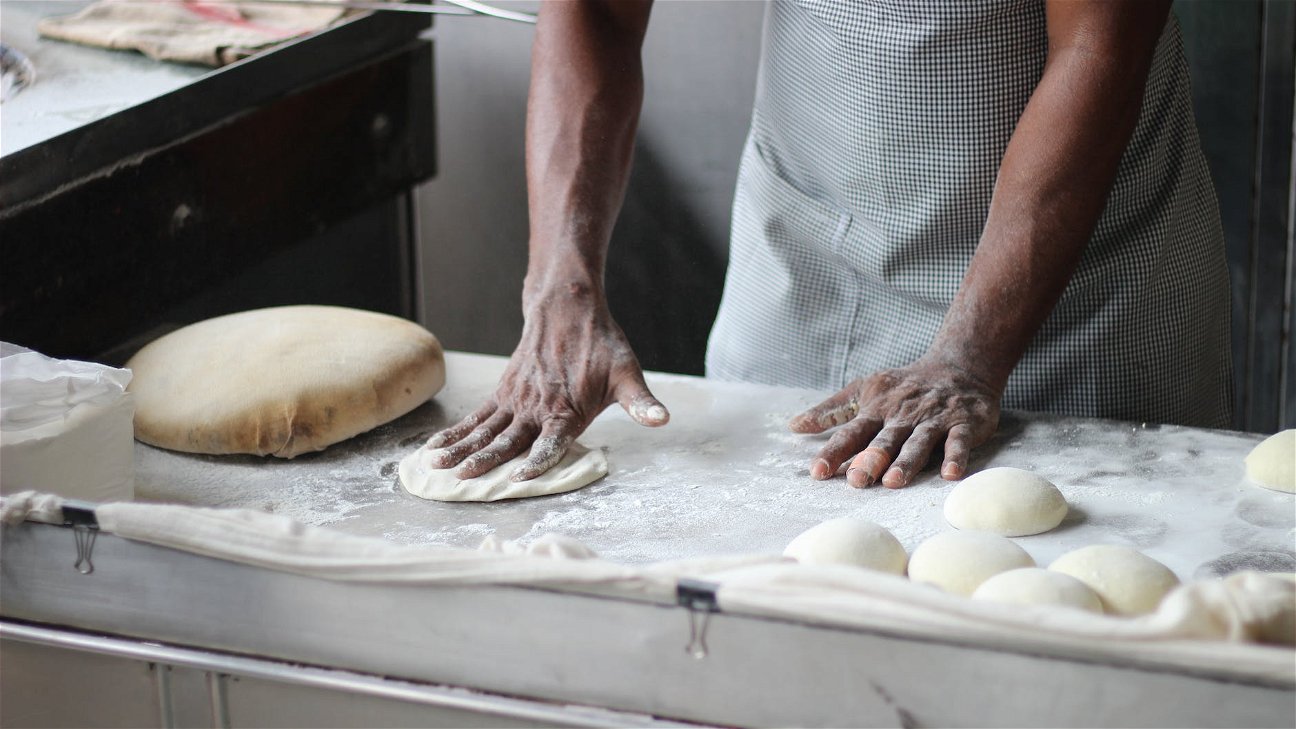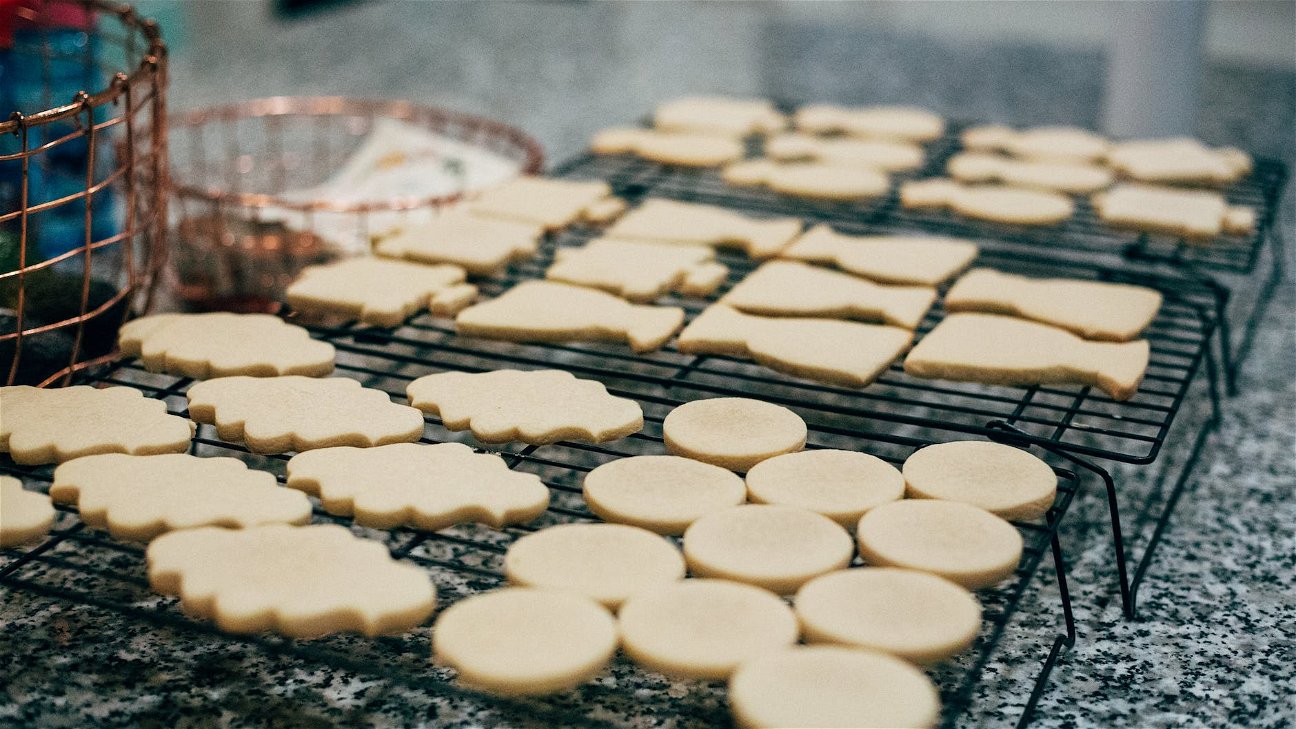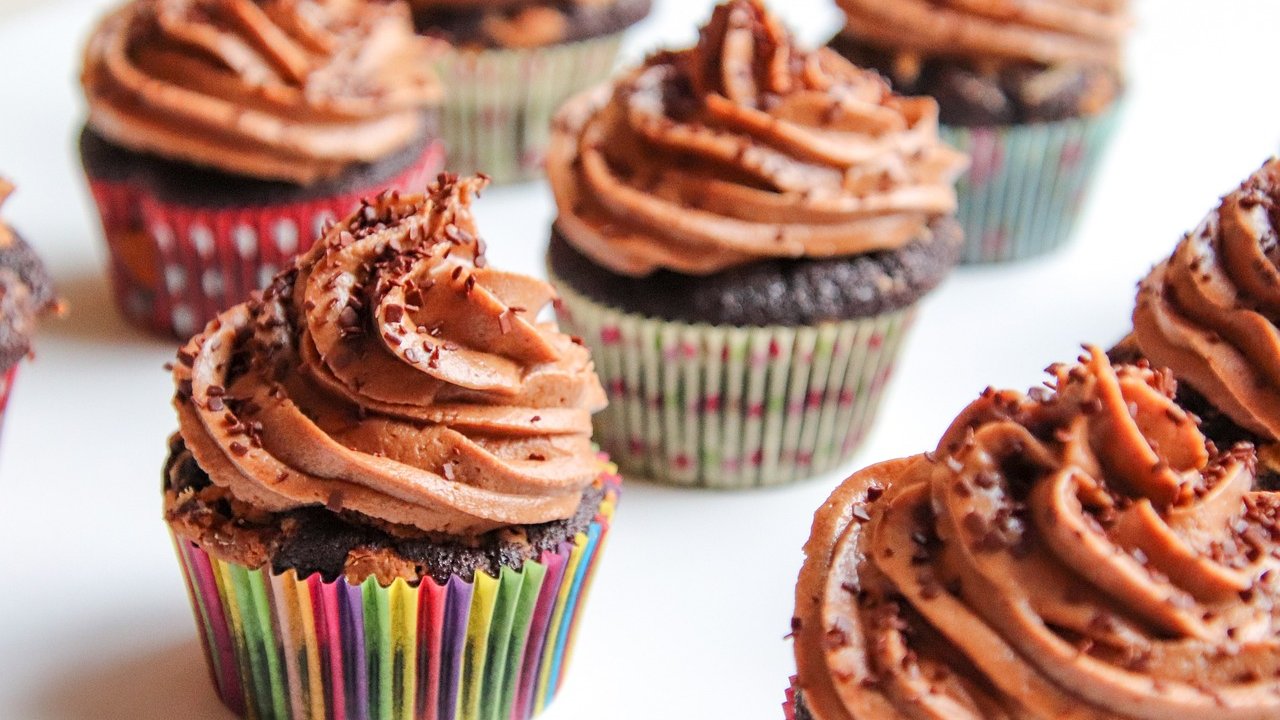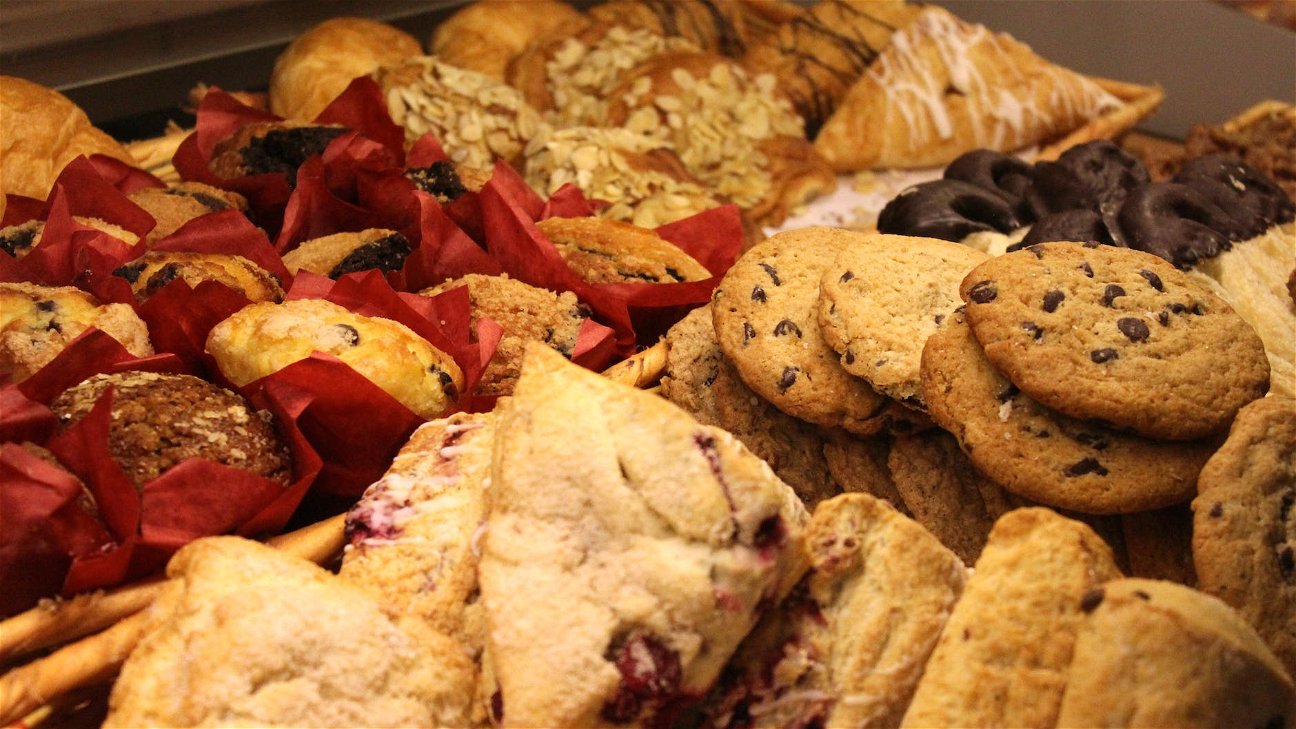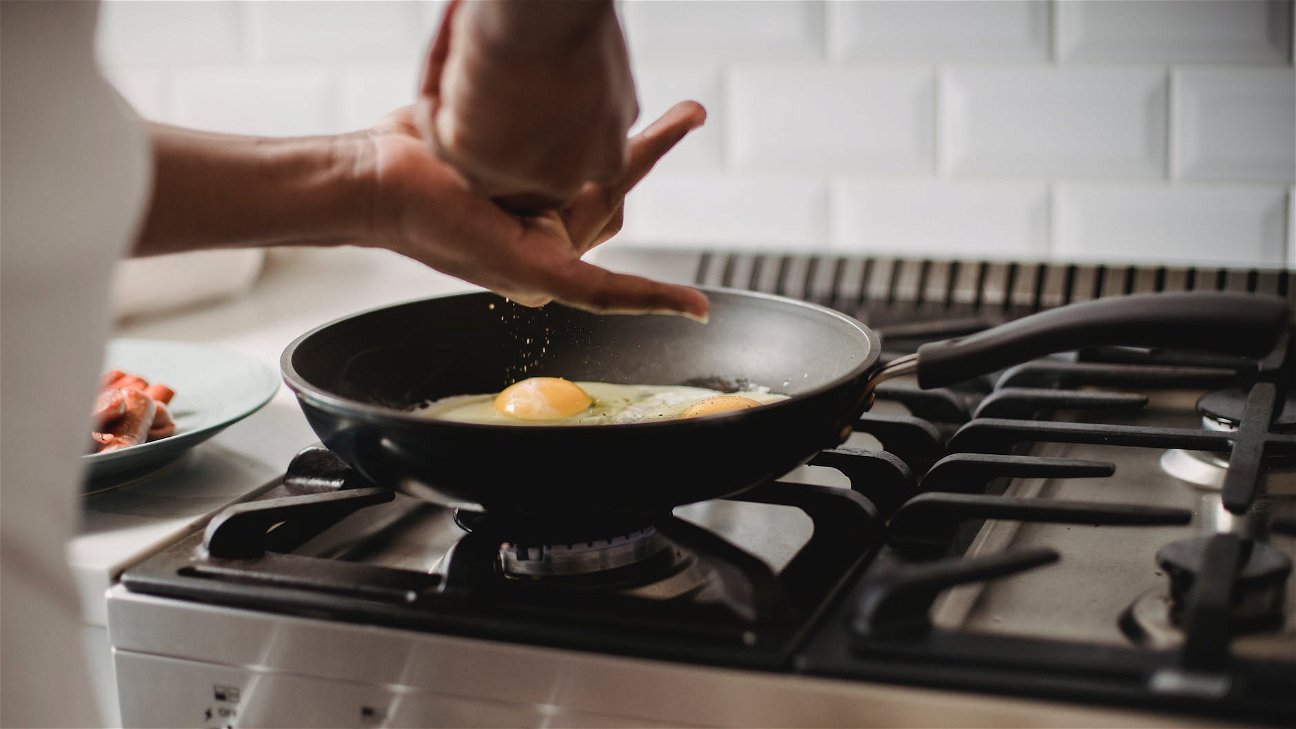
The Renaissance Era, spanning from the 14th to the 17th century, was a period of great cultural and intellectual change. Unsurprisingly, these changes extended to the kitchen, with baking techniques seeing significant evolution during this time. Let's take a journey back in time and explore some of these historic methods.
Bread baking in the Renaissance Era
During the Renaissance, bread was considered a staple food, and the process of making it was quite different from today. The most common Renaissance bread recipes involved a long fermentation process, a practice that has seen a resurgence in recent years in the form of sourdough.
Bakers at the time would use a 'sponge' - a mixture of flour, water, and yeast, which was left to ferment overnight. This would then be combined with more flour and water to create the dough, which was then shaped and baked in a wood-fired oven.
Pastry baking in the Renaissance
Pastry baking also saw significant advancements during the Renaissance, with the introduction of new techniques and ingredients. Bakers started incorporating butter into their dough, which resulted in lighter, flakier pastries. The process of 'laminating' the dough by folding in layers of butter, a technique still used in making puff pastry, also came into play.
Renaissance pastry recipes
Here are a couple of examples of traditional pastries from the era:
- Marchpane - An early form of marzipan, made from ground almonds, sugar, and rosewater.
- Gingerbread - Unlike the cookie version we are familiar with today, Renaissance gingerbread was more of a dense, spiced honey cake.
The evolution of baking techniques
The Renaissance Era was a critical period in the history of baking, introducing techniques that are still in use today. It also laid the foundation for further advancements in the culinary arts, leading to the diverse range of baking methods we have now.
For a deeper understanding, here's a comparison between Renaissance baking techniques and modern methods:
As we can see, our current baking methods have their roots in the past, showcasing the enduring impact of the Renaissance on the culinary arts.
